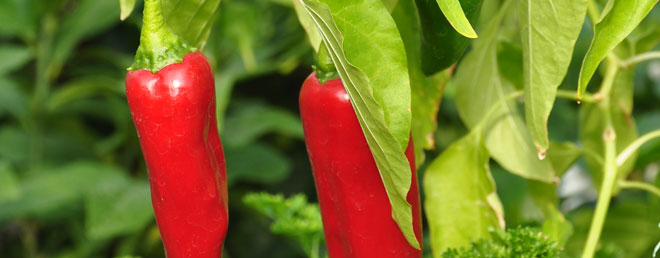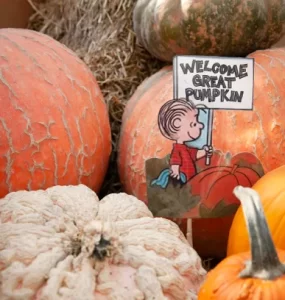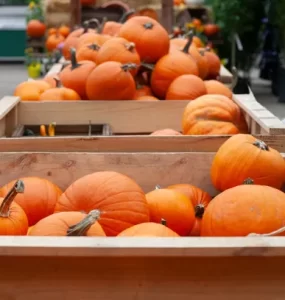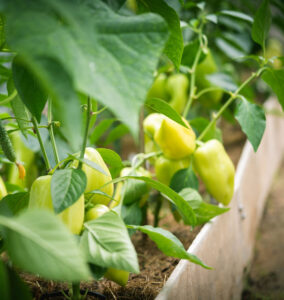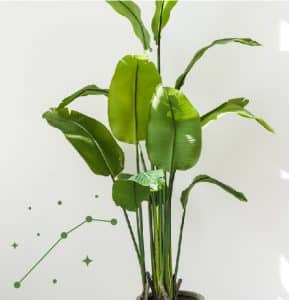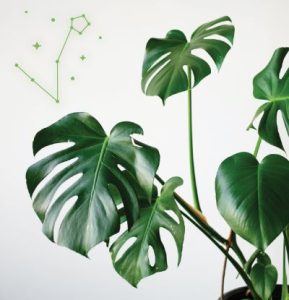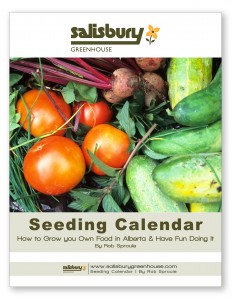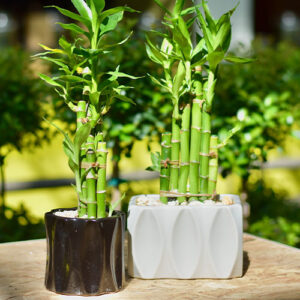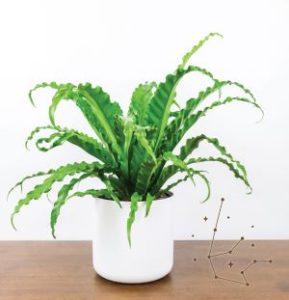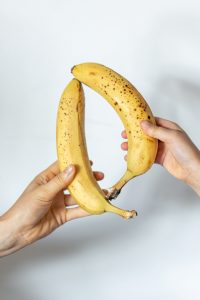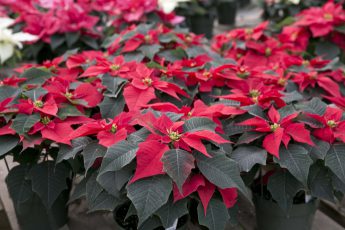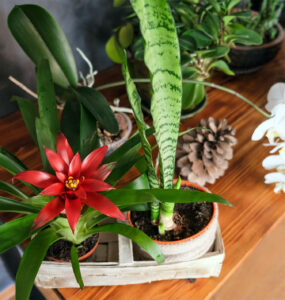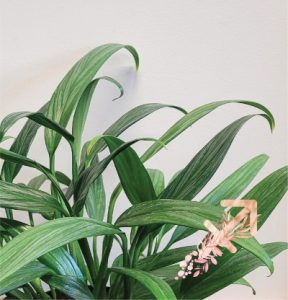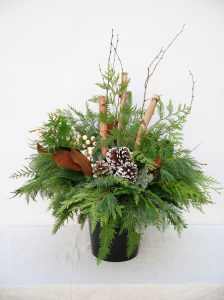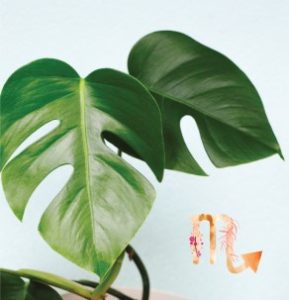Grow Your Own Peppers and Eggplant
By: Rob Sproule
From Seed to Seedling
From Seedling to Harvest
Harvesting and Uses
The vegetables that need to be seeded indoors the earliest tend to be tropical varieties that have long yield times and need to be protected from chilly May nights. You will want to grow them to a decent size before planting outside and, once you do, the best place is cozy in a container garden.
Peppers and Eggplants are bold statement makers in the garden. If your first thought of them is of supermarket varieties, you’ll be amazed at the varieties available in seeds.
Their love of heat has given them a reputation for being tricky to grow in Alberta, but with a few care tips for how to maximize their exposure to sun you’ll be enjoying the best peppers and eggplant that you’ve ever had.
From Seed to Seedling
Peppers are very high in Vitamin C and beta-carotene. They are called Peppers because Columbus, who stumbled upon the spicy varieties cultivated by the Aztecs in the New World. thought that they were the black pepper from the Indies which he had sailed looking for.
Eggplant has been cultivated in China since the 5th century BCE and was grown in India for centuries until Moorish invaders introduced it to Spain. Although we most commonly see the black variety you can plant whites or purples from seed.
The best time to sow pepper and eggplant seeds indoors is the end of February. Try to keep them as warm as you can during germination by keeping the seed tray by a sunny window or on an old, inefficient appliance that loses heat.
When true leaves appear on your peppers (usually the third leaves), transplant them carefully into a 2.5″ or 3″ container. Once the roots reach the bottom you can transplant again into a slightly larger pot before transplanting them into your containers outside.
Common sense growing tips, delivered to your mailbox
From Seedling to Harvest:
These are heat lovers so don’t put them outside until well after the last frost (about 2 weeks). They will need as much heat and light as possible in order to yield, so put them in the hottest spot possible and make sure to keep them watered.
Don’t plant them into ground soil, which stays cool well into June, but in a black pot in the full sun to keep the roots toasty warm. Don’t be shy about putting them in direct or reflected hot sun.
The ideal days are around 25 degrees C with high humidity, especially for eggplant. Temperatures that are consistently below 15-20 degrees may shock the plants, so if you don’t have a hot spot in outside consider choosing another plant to grow.
Temperatures below about 10 degree C at night might damage developing blossoms, so a spot near the home (or in a roof-top garden) is ideal for helping to keep in the day’s heat.
Both peppers and eggplants need consistently moist soil, which can be tricky given that they thrive on heat. Consider planting them in self-watering pots and put a generous layer of organic mulch on the surface. On top of helping stifle weeds, the mulch will slow down evaporation and help keep the surface roots moist.
If possible, try planting some companion plants next to them. Choosing the right companion benefits all the plants. Peppers grow very well alongside basil and tomatoes, while eggplant prefers the company of thyme and peas.
Tropical species like these are healthiest in a humid environment. Mist the leaves regularly to keep them healthy and their immune systems strong. If you have a water feature in your yard, consider growing them near it to increase the relative humidity. Misting them during flowering will help it produce more peppers.
Weekly gardening inspiration, straight to your inbox
Use an all-around of vegetable fertilizer to give them regular feedings. A little extra potassium will help the yield (middle number), but avoid excess nitrogen (first number) as it can lead to too many leaves and dropped flowers.
Like most tropical varieties that haven’t built a biological resistance to our pests, peppers and eggplants need to be closely monitored for buys. Misting the leaves will help, but keep an eye open for heart-shaped white flies on the leaves.
Harvesting and Uses:
When it comes to harvesting, forget about the sizes of the massive eggplants and peppers on the supermarket shelves. They have much more flavour when they’re smaller.
Pick both when the fruit has a subtle reflective sheen to it. Harvesting when they’re slightly immature (and leaving some green on the stalk) will keep the plant growing and blossoming.
Capsicum (peppers) have excellent health benefits. Eating 3 meals spiced with hot peppers, 3 times a week will help keep your airways free of congestion and, in doing so, helps to prevent bronchitis or colds. When you’re handling them make sure to keep the juice away from your eyes.

